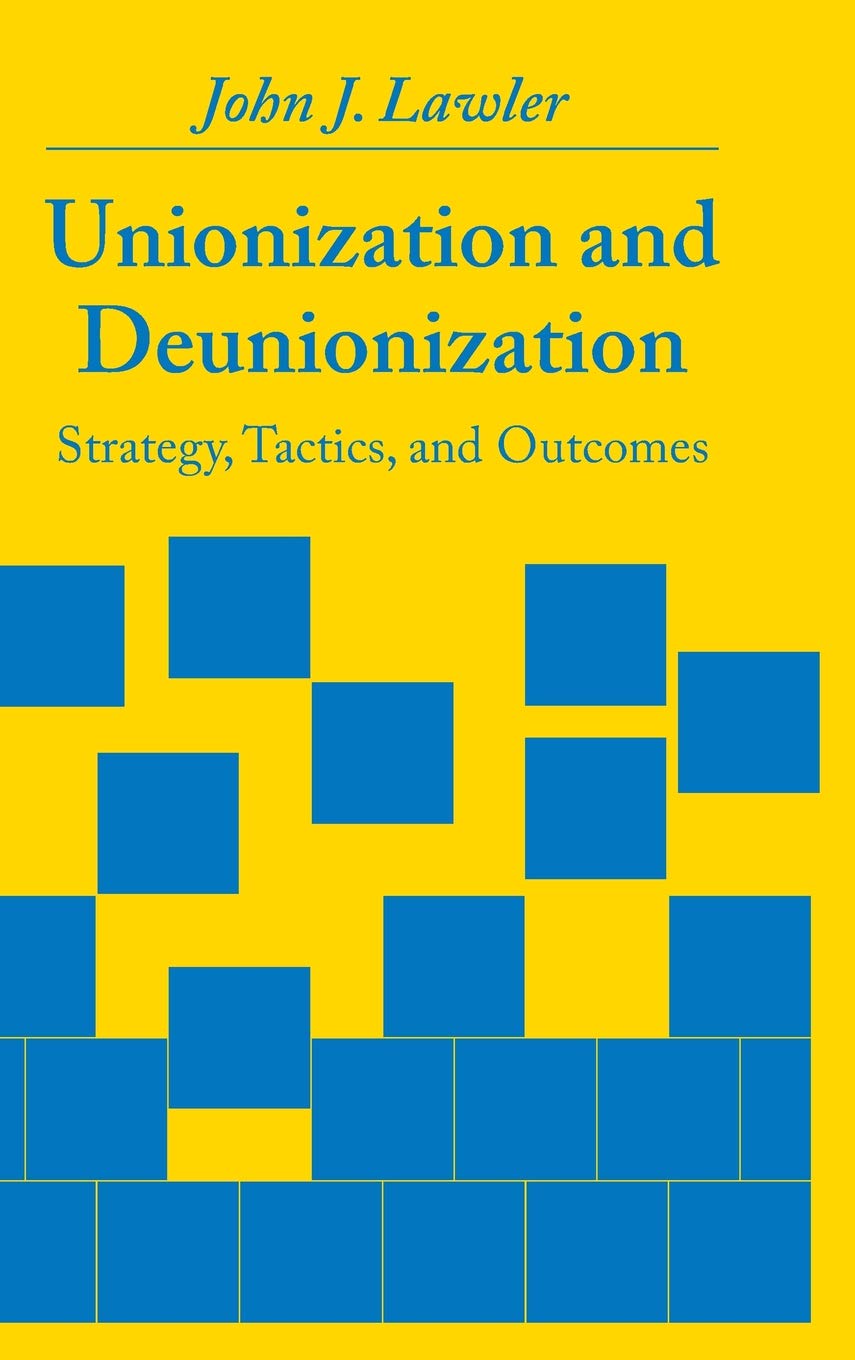The past decade has seen renewed devotion on the part of many unions to the organizing process. Yet management opposition has been equally intense. This book explores the nature of the strategies pursued by unions and management during both new organizing drives and employer "deunionization" efforts. The elements of well-designed strategies are described within a framework developed by the author. The book addresses a number of crucial issues, including the manner in which employers and unions formulate strategies, the specific tactics utilized by both sides, and the impact of strategies and tactics on union organizing effectiveness. The study relies both on published research and data assembled by the author. Significant features of the book are its thorough analysis of a variety of nonconventional union organizing tactics (e.g. "blitz" campaigns, associate membership programs, corporate campaigns, in-plant strategies, internal organizing); an in-depth examination of the role of labor relations consultants in organizing drives and deunionization efforts; and assessment of the ways in which internal politics inhibit many unions and the ways in which tactics are linked together in a variety of settings. The book provides a comprehensive and wide-ranging treatment of what is known about why and how unions and management act during unionization and deunionization efforts. It should be useful to practitioners and researchers alike.
John J. Lawler holds a Ph.D. in Business Administration from the University of California (Berkeley), with a concentration in industrial relations and organizational behavior. He is currently on the faculty of the Institute of Labor and Industrial Relations at the University of Illinois. Professor Lawler has published numerous studies examing the factors that influence worker support for unionization and the outcomes of organizing campaigns.
